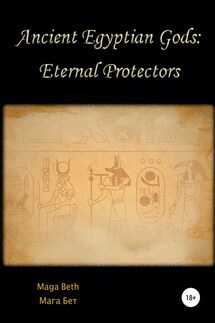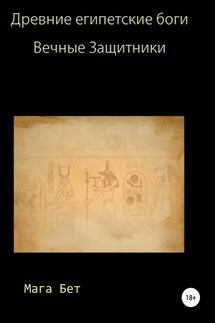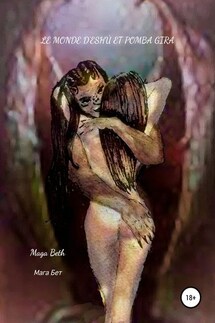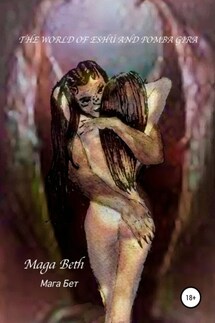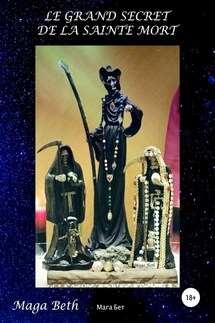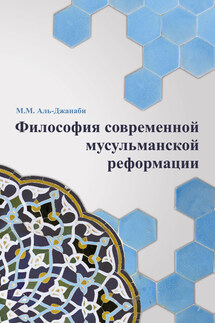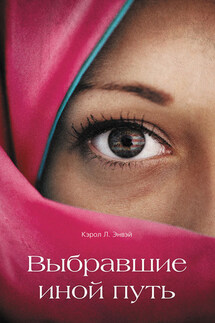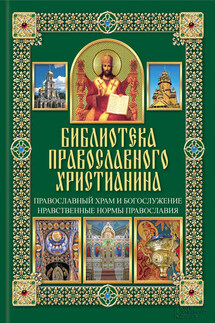María Isabel Pedrera Pérez, better known as Maga Beth, was born in Barcelona on February 9, 1970.
With an inherited profession, her grandmother and great grandmother introduced her in the world of High Magic; she showed, at an early age, a preference towards esotericism.
María Isabel attended basic and high school education and completed higher education with a diploma in Infant Education and Childcare, specialising her studies with the following courses:
– Educator for people with learning difficulties – Autism.
– Special needs – Dyslexia.
– Stimulation and development in education with disabilities.
– Psychopathic disorders in childhood.
– Speech Therapy.
– The teacher in school failure.
– Music therapy.
– Movement and play in the teaching practice.
She combined both studies and also specialised in parapsychology, hypnosis, occultism and astrology; and completed a Master in Quality Control and Environment.
As a good Aquarius, her restless soul led her to continue gaining experience but this time in the natural world, and earned a diploma in Naturopathy, Bach Flowers Remedies, Schüssler Salts, Dietetics and Nutrition, Lymphatic Drainage, Reflexology and Chiromassage.
María Isabel is the author of several books:
– El mágico mundo de las pirámides- Piramidología práctica y esotérica.
– Runas, símbolos mágicos.
– Diccionario de santería.
– Eshú y Pomba Gira, más allá del bien y del mal.
– The Great Secret of Holy Death
– The world of Eshú and Pomba Gira
Throughout these years, María Isabel has collaborated in several radio programmes and esoteric fairs, has given lectures and conferences, and many Tarot, Runes and High Magic courses; and also participated in the First Congress of Mediums held in Spain.
Currently, she continues working in different fields spreading her knowledge.
Contact:
youtube
Facebook
Instagram: Maga Beth
Twitter
Foreword
Over the years, many things have been written and said about the Egyptian gods and goddesses.
Given the amount of information available and all the questions you have asked me, I have tried to answer all your questions and gather all the information in the shortest possible way.
In this book I provide a useful guide to all the Egyptian gods and goddesses, together with a brief description of the Egyptian culture that has caused so much admiration over the centuries.
In addition, I explain how to work with the gods at a magic and energetic level in the easiest way and for different issues such as love, protection, health, money, etc. Thus, you will be able to ask each god or goddess for something in particular.
I hope you find this as exciting as I do; for you my best gift.
Chapter 1- Introduction: Brief History of Egypt
The Egyptian people were a civilization that developed throughout history for more than 3,000 years, c 3150 BC to 31 BC, until its conquest by the Roman Empire. Then, it disappeared as a State.
In Ancient Egypt, gods were basic for people´s beliefs and rituals. There were many gods and pharaohs who were the kings of Egypt. As well as governing, pharaohs were considered and worshipped as gods. Many Egyptian gods are names of pharaohs.
Pharaohs were the union of people with deities. People offered them all kinds of obeisance, prayers, and offerings so that they would be happy and everything would be propitious to them.
Their religion was a complex belief system in which they interacted with several deities who controlled their lives through the elements and forces of nature. The religion lasted for more than 3,000 years and had its roots in Egyptian prehistory.
The Egyptians, as a great state, allocated many resources to build temples and to conduct rituals dedicated to the gods. They believed in their interaction with the gods, they prayed, did magic and rituals asking for everything they needed.
The main deities in the Ancient Egyptian culture followed a family structure difficult to understand when compared with the current family structures.
Most family members were dual, i.e., there could be a female deity or both, but they were always related to a male deity. Affective and sexual relations between parents, siblings and offspring were frequent and normal. Male gods were better considered than female gods.
We must bear in mind that many were the same god, but with different names and different evolution depending on the region of Egypt in which they were worshipped. The main worship centres were in the cities of Tell-el-Amarna, Memphis, Thebes, Hermópolis, Heliopolis, Edfu, Dendera, Karnak, Esna, Aswan, among others.
In my opinion, the god Atum and his four siblings were the basis of this structure: Atum (god of the setting sun), Ra (god of the noon sun, god of light, sun and heaven, the origin of life), Khepri (god of the rising sun) and Khnum (god of the night).
From the family of Ra and his wife Maat (goddess of justice, truth and harmony, who was also Thoth's wife) merged Sekhmet (goddess of war). Sekhmet married Ptah or Apis. Nefertum was the son of Sekhmet and Ptah. In some places of worship Nefertum was equivalent of the solar god Atum.
